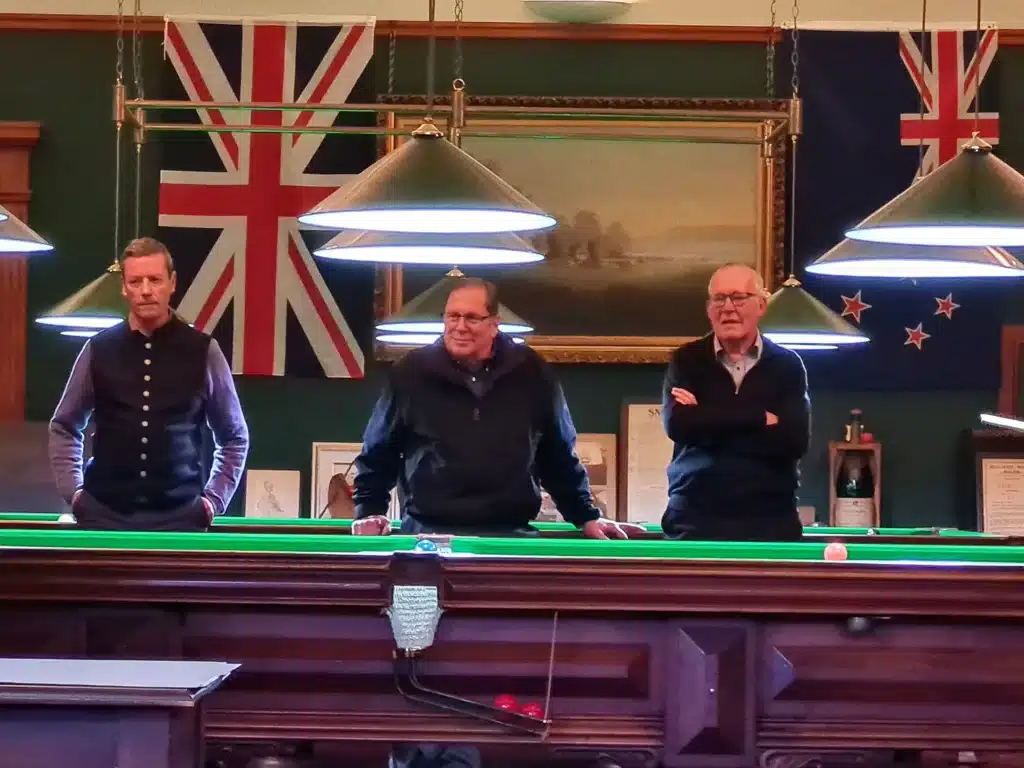
Gentlemen’s clubs are private social clubs that originated in 18th-century Britain and were originally established by upper-class men. These clubs served as exclusive gathering places for men of high social standing, providing them with a space for socialising, networking, and relaxation.
In this article, we explore the origins, evolution, amenities, and impact of gentlemen’s clubs throughout history. Understanding the historical overview of gentlemen’s clubs is significant as it sheds light on the social dynamics, cultural practices, and power structures of different time periods.
Gentlemen’s clubs have played a significant role in shaping the social fabric of society. They have served as important institutions where men could come together to discuss important matters, forge connections, and establish social hierarchies.
These clubs were not just places for leisure, but also platforms for political discussions, business negotiations, and intellectual debates. By examining the origins and evolution of gentlemen’s clubs, we can gain a deeper understanding of the historical context in which they emerged and how they have changed over time.
Gentlemen’s clubs were first established in 18th-century Britain, particularly in the West End of London. They emerged as social hubs, replacing coffee houses as popular meeting places for men in 18th-century London. The clubs gained prominence in the 19th century, expanding in numbers and popularity.
By this time, any man with a credible claim to the status of a “gentleman” could find admission to a club. These clubs served as a means of escape from the family world, providing a space for gossip, communication, and the sharing of information among men.
As the Industrial Revolution took hold in the 19th century, the influence and popularity of gentlemen’s clubs continued to grow. The expanding middle class sought to emulate the lifestyle and social status of the upper class, and joining a gentlemen’s club became a symbol of social prestige.
This led to an increase in the number of clubs and a diversification of their membership. Clubs catered to the specific interests and professions of their members, such as the military, politics, the arts, and sports. The evolution of gentlemen’s clubs mirrored the changing social and cultural landscape of the time, reflecting the interests and aspirations of the men who formed them.

Gentlemen’s clubs were known for their luxurious and exclusive amenities. They typically featured formal dining rooms, bars, libraries, billiard rooms, and parlours for reading, gaming, or socialising. Some clubs were associated with sports and hosted formal dinners and events. It is important to note that gentlemen’s clubs are distinct from strip clubs.
They maintain a higher level of exclusivity, cleanliness, and quality of services provided. While strip clubs focus on adult entertainment, gentlemen’s clubs offer a wider range of amenities such as exotic dancer services and mixology classes. These clubs provide a sophisticated and refined atmosphere for their members.
For example, the Athenaeum Club in London, founded in 1824, offers its members access to a library of over 80,000 books, a dining room renowned for its culinary excellence, and a range of recreational facilities including a gymnasium and squash courts. The club’s luxurious amenities and elegant ambience create an environment conducive to relaxation and intellectual stimulation.
Similarly, The University Club in New York City, established in 1865, provides its members with a historic library, elegant dining rooms, and private meeting spaces, all designed to foster a sense of community and provide a haven from the bustling city. These examples illustrate the emphasis placed on providing members with a comfortable and distinguished environment in which to socialise and pursue their interests.
Gentlemen’s clubs spread beyond Britain to countries associated with the British Empire, including India, Pakistan, and Bangladesh. These clubs became important social institutions in these regions, reflecting the influence of British colonialism.
Additionally, gentlemen’s clubs have been established in other countries such as Australia, Canada, and France. In Spain, the concept of gentlemen’s clubs manifested in the form of casinos or cultural circles, which emerged in the 19th century. These clubs became exclusive spaces for socialisation, entertainment, and networking.
For example, the Tanglin Club in Singapore, founded in 1865, traces its origins to the British colonial era and continues to serve as a prestigious social club for both local and expatriate members. The club offers a wide range of facilities including sports amenities, dining options, and event spaces.
Similarly, the Melbourne Club in Australia, established in 1838, is one of the oldest and most prestigious gentlemen’s clubs in the country. It has played a significant role in Melbourne’s social and cultural history, providing a space for influential individuals to connect, socialise, and exchange ideas.
These examples demonstrate how gentlemen’s clubs have transcended national boundaries, adapting to different cultural contexts while maintaining their role as exclusive social institutions.

Gentlemen’s clubs have faced criticism for their exclusion of women, particularly in the 1980s. However, there have been instances where women challenged this exclusion and gained admission to gentlemen’s clubs. Currently, the status of women’s membership in gentlemen’s clubs varies. Some clubs, like The Wellington Club, have transitioned to allow women as members.
Similarly, The Wanganui Club also allows women as members. This shift reflects changing societal norms and a greater emphasis on inclusivity.
In recent years, gentlemen’s clubs have also undergone modern changes to better cater to the evolving needs and interests of their members. Clubs now offer a range of additional amenities such as state-of-the-art fitness centres, spa facilities, and business centres.
These enhancements reflect the changing priorities of club members, who seek not only socialisation and networking opportunities but also opportunities for personal well-being and professional development. The modern gentlemen’s club aims to provide a holistic experience that combines leisure, networking, and personal growth in a refined and exclusive environment.
Gentlemen’s clubs have historically played a role in building business networks and advancing members professionally. These clubs provided a space for like-minded individuals to connect and collaborate. Furthermore, some gentlemen’s clubs were associated with gambling, which was illegal outside of members-only establishments. In contemporary times, gentlemen’s clubs offer additional amenities such as gyms, pools, and top chef-cooked meals, catering to the needs of their members for work and professional networking.
For example, the City of London Club, established in 1832, has long served as a hub for business professionals in the heart of London’s financial district. The club offers its members a range of facilities and services tailored to their professional needs, including meeting rooms, conference facilities, and a dedicated business centre.
Similarly, The Harvard Club of New York City, founded in 1865, provides a platform for members to connect and engage with fellow alumni, fostering a network of professional relationships and opportunities. These clubs exemplify how gentlemen’s clubs have historically facilitated business networking and continue to do so in the modern era.
The historical overview of gentlemen’s clubs reveals their significance as exclusive social institutions that have evolved over time. From their origins in 18th-century Britain to their spread across the globe, gentlemen’s clubs have provided men with spaces for socialising, networking, and relaxation. While these clubs have faced criticisms and undergone changes, they continue to be present and adaptable worldwide.
Understanding the history of gentlemen’s clubs provides insights into the social dynamics, cultural practices, and power structures of different eras. Gentlemen’s clubs have played a role in shaping the social fabric of society, offering an environment where men could come together to connect, collaborate, and pursue their interests. As these clubs continue to evolve, they will undoubtedly continue to be important institutions that reflect the changing needs and aspirations of their members.
The Wanganui Club is a historic establishment that embraces both tradition and diversity. Originally an exclusive gentlemen’s club, we now proudly boast a membership that includes prominent Whanganui businessmen and women. Our grand Edwardian-style Heritage House, adorned with ornate plaster ceilings and native timber, serves as a captivating backdrop to our vibrant community. We welcome new members.